Nicaragua, often referred to as the new Costa Rica, is quickly becoming a popular spot among backpackers who want to escape the crowds following the gringo trail. The beautiful landscape of active volcanoes, lovely lakes, tropical rain forests and its old colonial cities are what makes travelers fall in love with this still mostly undiscovered country. Nicaragua is also one of the most affordable destinations in Central America and traveling on US$20 a day is still very feasible. However, go now before the masses arrive and the prices skyrocket.
What You’ll Find in This Guide
- Best Time to Go Backpacking in Nicaragua
- Visa & Entry Requirements
- Is Backpacking Nicaragua Safe
- How Much Do Things Cost
- Money Saving Tips
- Best Places to Stay in Nicaragua
- Top Things to Do in Nicaragua
- Spanish Phrases You Should Know
- How Much Did We Spend
- Insurance for Backpacking Nicaragua
- More Information on Backpacking Nicaragua
Best Time to Go Backpacking in Nicaragua
Nicaragua has two distinct season: the dry season and the wet season. The dry season lasts from November to April and the wet season from May to October, with the wettest months being September and October. Most people go to Nicaragua in early December to the end of January, which means prices will be higher and attractions will be more crowded during those months. If you want to avoid the crowds and high prices, the best time to visit Nicaragua is in March, April or November, also known as the shoulder season. In the shoulder season, the prices are lower, there are way less tourists around, and the weather is just as beautiful as in the high season.
Check flights to Nicaragua from the USA (starting at $380 RT)
Nicaragua Visa & Entry Requirements
Most people traveling to Nicaragua don’t require a visa for stays up to 90 days. All you need is a passport valid for at least 6 months from the date of arrival and a tourist card that you have to purchase for $10 USD on arrival. Technically, you are also required to have a valid return ticket or some other kind of proof of onward travel but that rule is rarely enforced.
Is Backpacking Nicaragua Safe?
Nicaragua is considered to be one of the safest countries in Latin America, safer even than many major cities in the USA. Stay aware of your surrounding and take common sense precautions just like you would in every other foreign country in the world, and you’ll have a great time in Nicaragua.
How Much Do Things Cost?
Food
Food in Nicaragua is extremely affordable, with a typical local meal costing only about $3. As always, stick to local vendors and avoid the touristy spots.
Accommodation
Dorm beds cost around US$5 and private budget rooms around US$10-15. Prices tend to be a little bit higher on Isla Ometepe and on the Corn Islands.
If you are traveling during high season or prefer to book your accommodation in advance, we have listed our favorite spots for you below. Keep reading or click here to go directly to our favorite places to stay in Nicaragua.
Transportation
The public buses or minivans are the cheapest options to get from place to place, with fares costing around US$1 or less for shorter trips and US$3 – 4 for longer trips.
There are usually two types of public buses, the ordinario (frequent stops) and the expreso (no stops). The ordinario can get very overcrowded and people will stumble over your backpack every few seconds unless you hold it on your lap (which I don’t think you want to do for a two or more hour ride), so depending on your patience it might be worth paying the few extra cents for the expreso.
Money Saving Tips
1.) Happy Hour
Most places in Nicaragua have happy hour where two Mojitos, and many other cocktails, only cost around US$2.50 (WTF?). Jazzy and I are not really big drinkers but damn even we enjoyed a drink or two … or three. Many bars, especially in San Juan Del Sur, also have ladies night where ladies drink for free all night long.
2.) Eat at the Markets
Look for the market areas in town as that is where most of the locals go to eat and food only costs a fraction of what you would pay in the touristy areas.
Best Places to Stay in Nicaragua
Nicaragua is full with hostels and budget hotels so you won’t have a problem finding a cheap place to stay, but to help you plan your trip we have listed some of our favorite spots below.
León
Managua
Granada
Isla Ometepe
San Juan Del Sur
Corn Island
Top Things To Do In Nicaragua
Esteli
Esteli is not only a popular tourist destination because of its tobacco production and award winning cigars, but also because of close proximity to many natural reserves. Many travelers base themselves here for a couple of days to explore the surrounding area before heading further into Nicaragua.
Granada
Granada is the oldest and most visited colonial city in Nicaragua. Most of the colonial buildings here have been restored and repainted in pastel shades, which certainly adds to the city’s charm. Especially since the main attraction in Granada is to walk the streets and enjoy the colonial atmosphere.
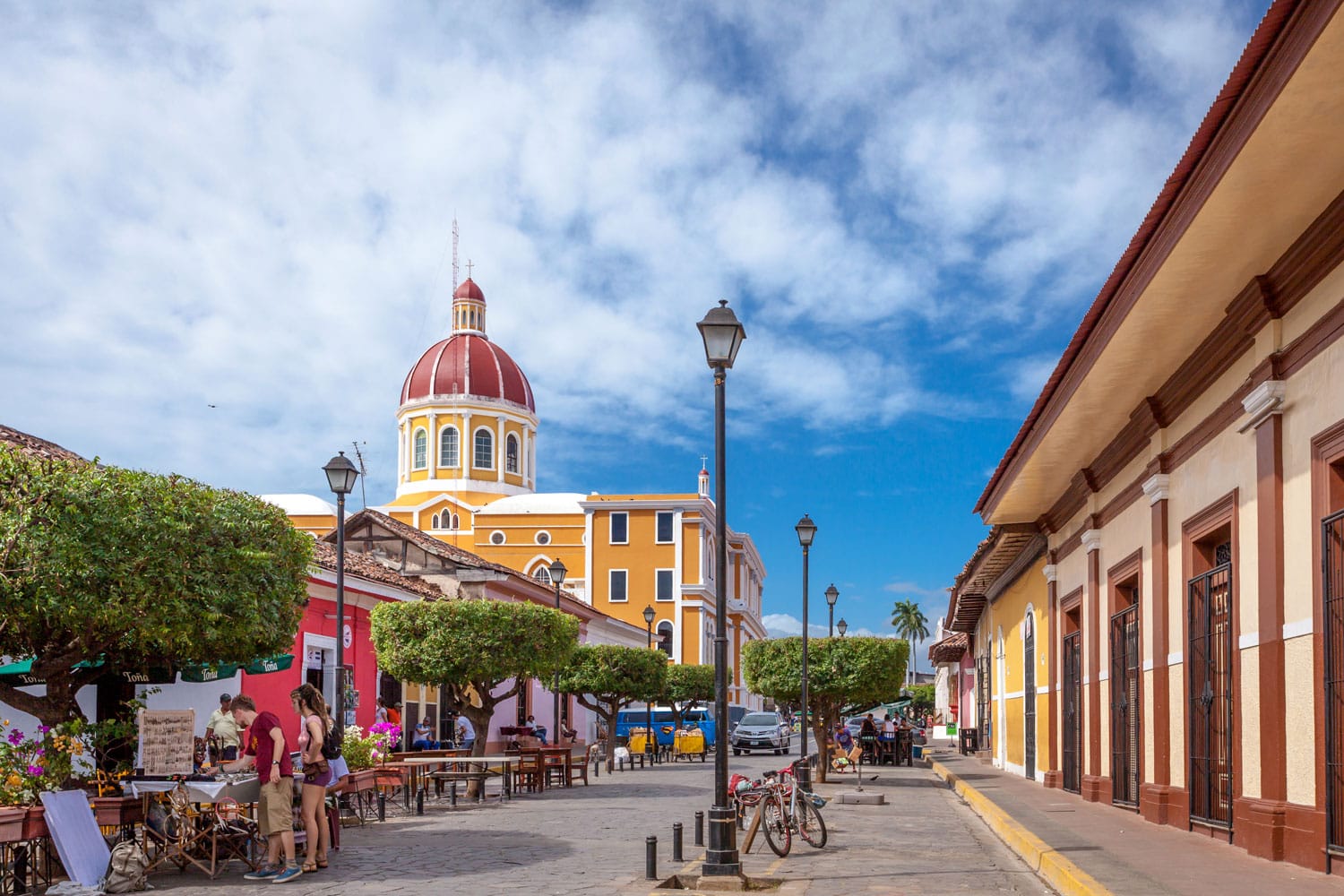
León
León is another colonial city in Nicaragua and the all-time rival of Granada. It is a university town and much grittier than Granada with most of its buildings showing its age. Not too many tourist come here, and the only foreigners you will see are backpackers who base themselves here to either climb the surrounding volcanoes, study Spanish or volunteer at one of the local organizations.
Insider Tip: Cheap local food can be found behind the Cathedral de La Asunción around dinner time.
Cerro Negro
Cerro Negro is an active volcano located just outside of Leon. One of the volcano’s slopes is very steep which makes it a popular destination among extreme backpackers who come here to board down the volcano on a wooden sled. Many travel agencies in Leon offer volcano boarding tours for around US$25 – 30.
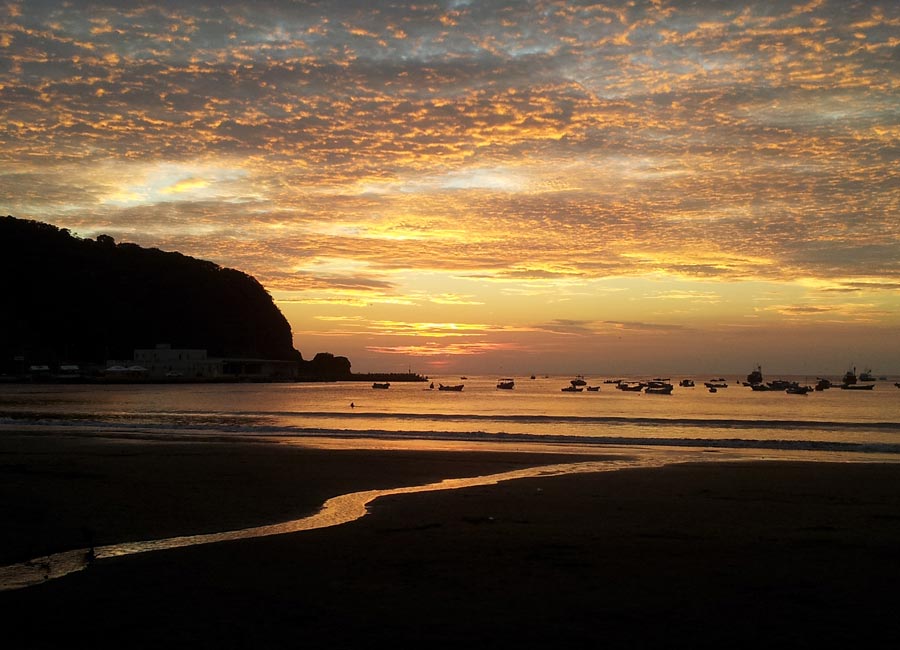
San Juan Del Sur
San Juan Del Sur is a coastal town on the pacific ocean and a popular hang out spot among surfers. The beach in town is not that pretty, and most people head to one of the bieaches north or south of town. If you want to surf check out Playa Maderas, which has some of the best surf breaks around. However, if you rather swim than catch a wave head to Playa Marsella, the lesser known sister bay of Playa Maderas, where the water is calm and ideal for swimming. The cheapest way to get to either beach is via a US$5 shuttle that leaves every few hours from Hostel Casa Oro.
Insider Tip: If you are into seafood head to La Lancha where you can get three lobster tails with sides for US$6 or a huge plate of seafood rice for two people for US$12.
Isla Ometepe
Isla Ometepe is an island formed by two volcanoes rising up out of Lago de Nicaragua. It is an absolute must-visit for people who want to escape the hectic pace and smog from Nicaragua’s cities. Activities on the island include hiking up either volcano, horseback riding, swimming in fresh water pools, biking from village to village or simply relaxing in a hammock while enjoying the peacefulness of the island.
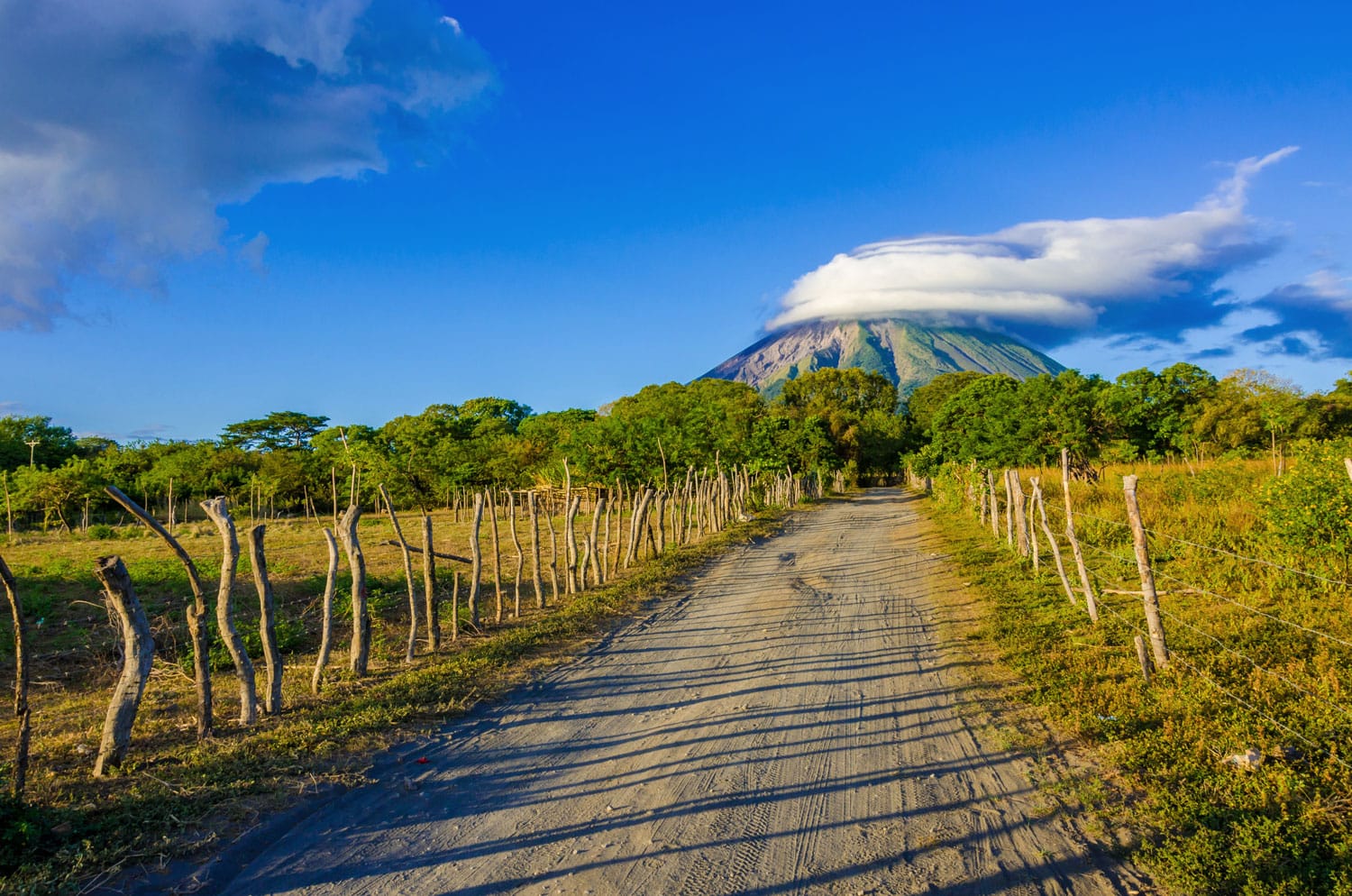
Jiquilillo
This remote and quiet fishing village is located along the beautiful pacific coast line with a deserted beach that you will most likely have all to yourself. It is the perfect getaway spot for surfers and travelers who appreciate the simple things in life and don’t need large crowds and luxury hotels.
Masaya
Masaya is the heart of Nicaraguan handicrafts and its markets are one of a kind. The main market is located by the central bus station and vendors here sell everything from raw meat to electronics. However, since you are most likely interested picking up some local handicrafts instead of a chunk of meat you should visit the Mercado de Artesanias which is located in the center of the city. There the sell items such as hand woven hammocks, wood carvings and other hand made local items.
Insider Tip: If you are looking for a good quality hammock at a cheaper price than what you would get at the market, head to the fabricas de hamacas (hammock workshops) located in the San Juan neighborhood, two blocks east of the Malecón and one block north of the Old Hospital. There you will find local families selling hand made hammocks from their front porch. Shop around though as prices and quality differ from house to house. We bought ours from one of the families there and paid about US$18 for a very high quality hammock.
Corn Islands
The Corn Islands is located off of the Caribbean coast of Nicaragua and consists of two island, Big Corn Island and Little Corn Island. Most travelers prefer Little Corn Island over Big Corn Island because of its more diverse dive sites, lack of development and car free lifestyle. However, either island will make you question why you would ever want to live somewhere else.
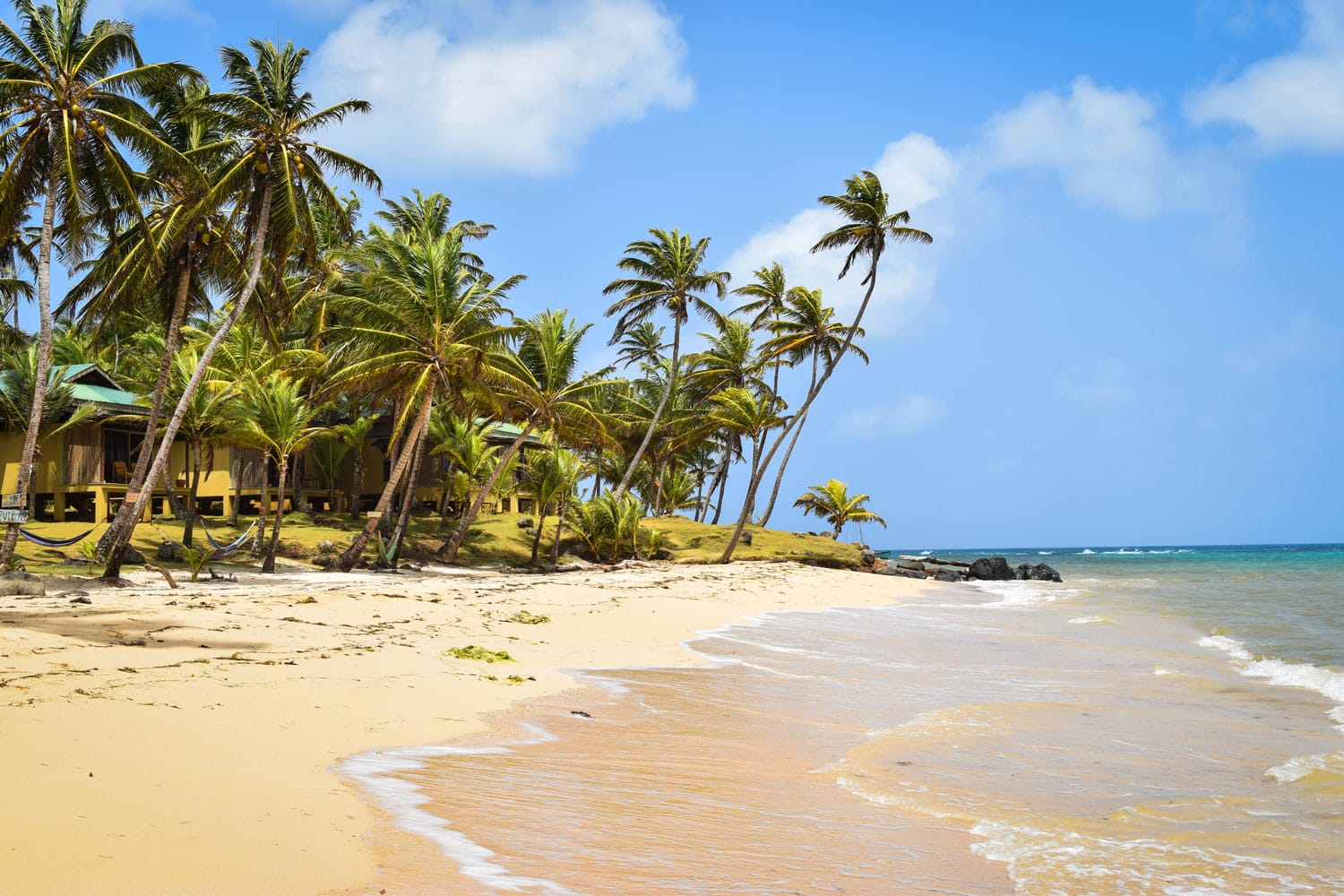
Miraflor
This beautiful nature reserve slash farming community is the perfect place to lay low for a little bit and participate in rural Nicaraguan life. Because of its remote location not to many travelers visit here and you will most likely have most of the reserve to yourself (Ok you might have to share it with the locals who live here but other than that it’s all you and your backpack). For many travelers Miraflor is one of their highlights in Nicaragua, so make sure to visit and support local farmers.
Apoyo Lagoon
Apoyo Lagoon is a beautiful crater lake with an abundance of wildlife and different plan species. It is an incredible destination with a wide variety of activities including, kayaking, hiking, bird watching, SCUBA diving and so much more.
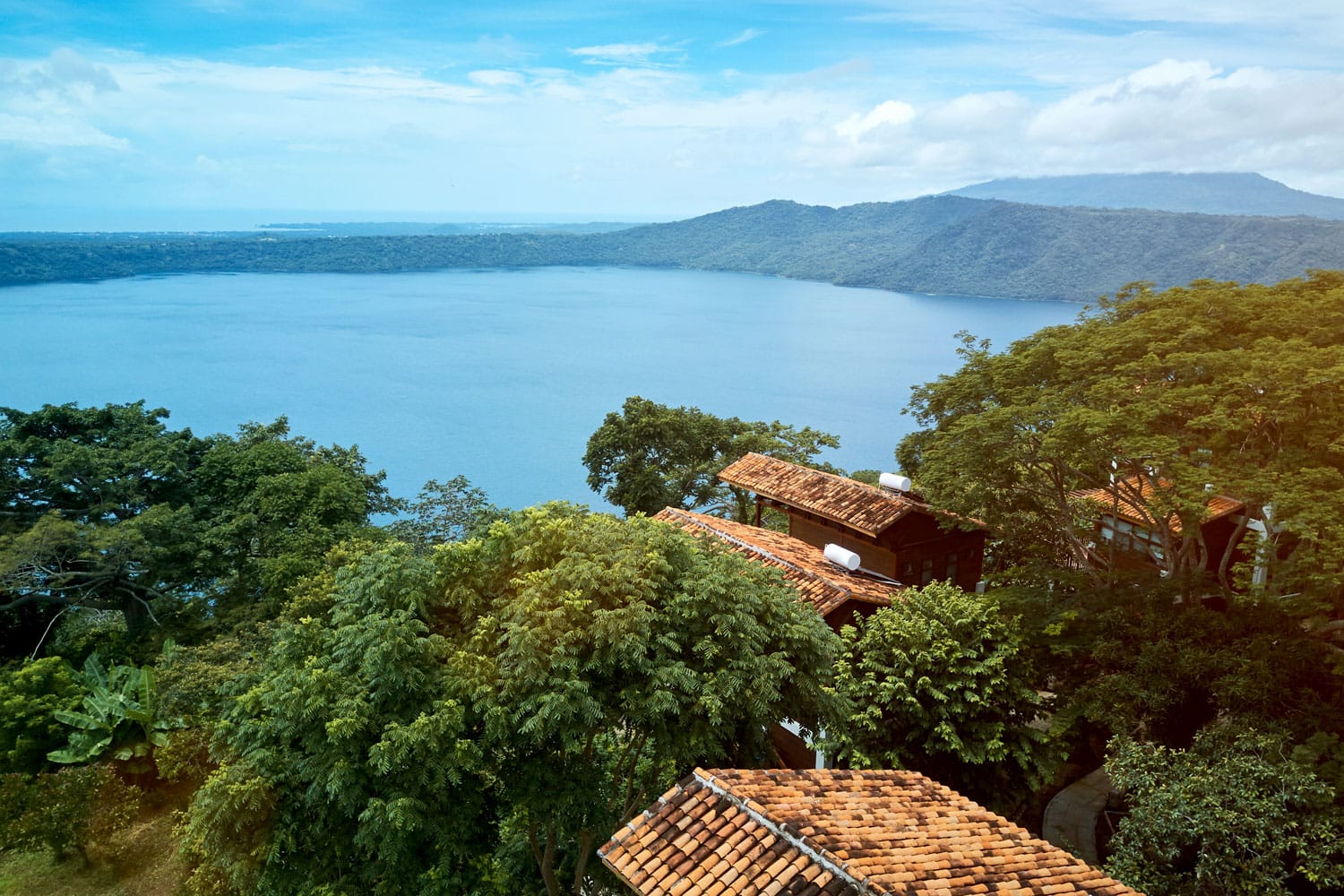
Mount Telica
Mount Telica is one of the most active volcanoes in Nicaragua and the only volcano where you can see lava. Many tour companies offer a two day hike to the top. The hike itself takes about five hours one way and is moderately challenging.
Spanish Phrases You Should Know
Hello! – Hola!
Good morning. – Buenos días.
Good afternoon. – Buenas tardes.
Good evening. – Buenas noches.
Goodbye. – Adiós.
How are you? – ¿Cómo está?
How much does it cost? – ¿Cuánto cuesta?
Where is the restroom? – ¿Dónde está el baño?
How do I get to ….? – ¿Como llego a …?
I don’t understand. – No comprendo.
Please. – Por favor.
Thank you! – Gracías!
Yes. / No. – Sí. / No.
How Much Did We Spend
In two weeks of backpacking Nicaragua we spend around US$630, which is about US$22 per person per day. I would say that is pretty cheap, so yeah, backpacking Nicaragua on a budget is very much possible as long as you live like a local, eat like a local and take public transportation like a local.
Get Insured Before Backpacking Nicaragua
No matter how long or short your trip, don’t forget to purchase travel insurance. You never know what will happen and trust us, you don’t wanna get stuck with thousands of dollars in medical bills. As a wise man once said, if you can’t afford travel insurance, you can’t afford to travel. So don’t leave home without it. We recommend SafetyWing.
Even if you don’t get travel insurance with SafetyWing, please make sure to get travel insurance from somewhere.
More Information on Backpacking Nicaragua
If you are more of a book person and would rather carry a physical guide with you while backpacking Nicaragua, we recommend Lonely Planet Nicaragua. Remember though, don’t follow it step by step, use it as a guide instead.
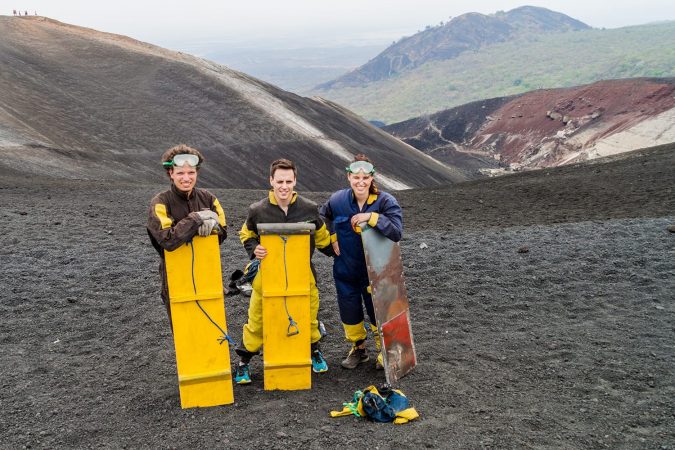
Jenn
I loved Nicaragua. We stayed at the Los Cardones Eco Lodge. It’s a beautiful eco resort and turtle sanctuary right on the Pacific. We were able to see the turtle eggs hatch and baby turtles scurry into the ocean by the moonlight. Definitely one of the highlights of our time in Nicaragua.
Gemma
Oh guys, so excited about going to Nicaragua in March. Post was very useful. Will definitely be spending time in the Corn Islands!
Jazzy
Glad you found the post helpful! Hope you enjoy Nicaragua, and safe travels Gemma!!!
Els Mahieu
I backpacked through Nicaragua a few years ago and it is very affordable indeed! My favourite part was around Jinotega, in the cloud forest, Ometepe and Little Corn.
Jazzy
Yea it is still very affordable. We really enjoyed Ometepe as well. Unfortunately we didn’t make it to the Corn islands the last time around but I have heard a lot of good things about them.